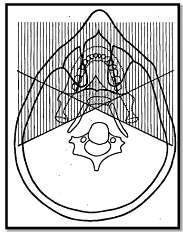Perseverence
-Don't worry about money, Make your dentistry as good as you can and the money will follow -Don't start with speed, build good habits and increase your skills. Rubbish in= rubbish out. -Don't worry about where your peers are at. It's not a competition, it's life. Focus on making yourself as good as you can be. -You have worked hard to get where you are today, don't let patients think they know more than you. In the end their treatment decision lies with themselves but they shouldn't force you to do something you don't believe is right.
